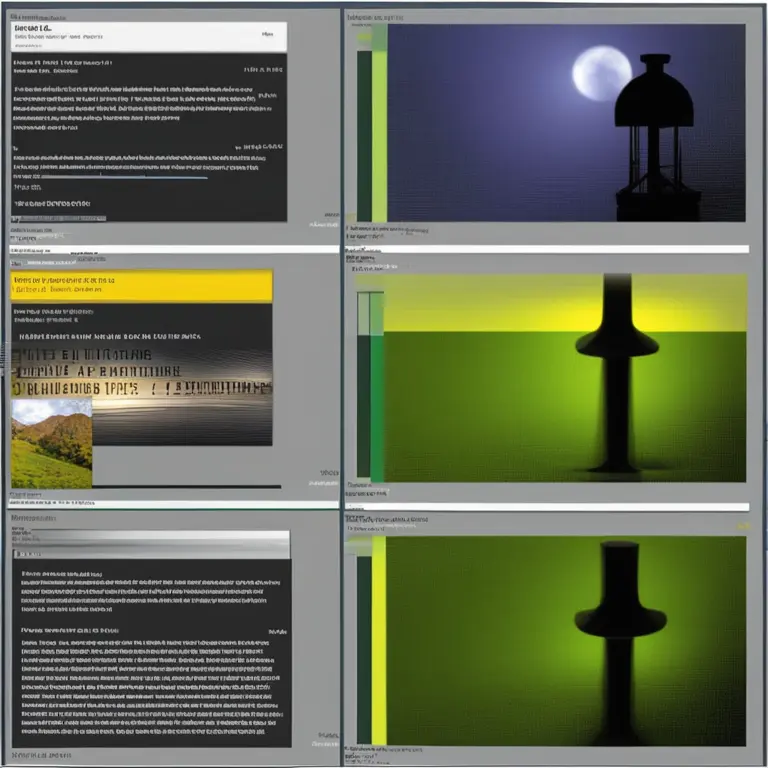
The Harmony of Meditation & Mindfulness Practices
Embrace serenity and balance through the integration of meditation and mindfulness movement in your daily routine.
article by Hina Kurosawa
The Intersection of Meditation and Mindfulness
In a world where the pace of life accelerates relentlessly, the integration of meditation and mindfulness stands as a beacon of tranquility. Meditation has been practiced for millennia, offering a retreat from the chaos of existence to a place of inner silence. Mindfulness, a term which gained popularity in the late 20th century, refers to the state of being fully present and engaged in the now, with compassionate awareness. Together, these practices form a harmonious movement aimed at improving mental, emotional, and physical well-being.

Enhancing Daily Life Through Presence
Daily application of mindfulness techniques enriches the mundane with a sense of purpose and presence. Simple actions such as mindful eating, walking, or listening become gateways to a fuller experience of the moment. Occupying your mind with full awareness on a single task at a time discourages the scattered thoughts that often lead to stress and anxiety. This concentration fosters a deep connection with the here and now, turning ordinary experiences into profound instances of life appreciation.

Scientific Backing and Modern Acceptance
The positive effects of meditation and mindfulness are not just anecdotal; they are supported by an ever-growing body of scientific research. Studies have shown that regular practice can decrease stress, improve focus, and contribute to better overall health. Mental health professionals endorse these practices, incorporating them into therapeutic programs. As we advance into 2024, the mindfulness movement has become increasingly integrated into corporate wellness programs, educational curricula, and even through digital platforms, all highlighting its versatility and universal appeal.

The Diversity of Practices
Meditation and mindfulness are not one-size-fits-all; they encompass a range of techniques and practices, allowing individuals to find the form that suits them best. From guided visualizations to silent breath observation, from movement-based practices like yoga and Tai Chi to mindfulness-based stress reduction (MBSR) programs, the spectrum is wide. This flexibility ensures that these practices are accessible and adaptable for people of diverse backgrounds, ages, and lifestyles.

Cultivating Community and Connection
While meditation is often perceived as a solitary activity, the collective aspect of the mindfulness movement should not be overlooked. Communities based around these practices provide support and connection, offering group meditations, retreats, and workshops. The shared experience of presence and growth fosters a sense of belonging and can act as a powerful force for social cohesion in an increasingly fragmented society.
Technology's Role in Spreading Awareness
Advancements in technology have also played a significant role in the dissemination of meditation and mindfulness practices. Mobile applications, virtual reality experiences, and online courses have made these tools more accessible. For many, such innovations have been the entry point into a world of mindful living. With the momentum of technological integration only expected to increase, the mindfulness movement has the potential to touch more lives emotionally, spiritually, and practically.
Published: 1/18/2024
Modified: 1/18/2024
More predictions
Come back here soon to learn more about yourself and your future


Mindfulness Meditation As A Tool for Anxiety Relief
Discover how mindfulness meditation can be a powerful tool for anxiety relief, fostering a sense of peace and well-being through simple, guided practices.


Mindfulness Meditation: A Path to Lasting Happiness
Discover how mindfulness meditation can enhance your sense of wellbeing and lead you to a happier life in this insightful article.


Mindfulness & Meditation: Enhancing Cognitive Flexibility
Discover how mindfulness meditation can foster cognitive flexibility, improving your ability to adapt to new situations and think creatively.